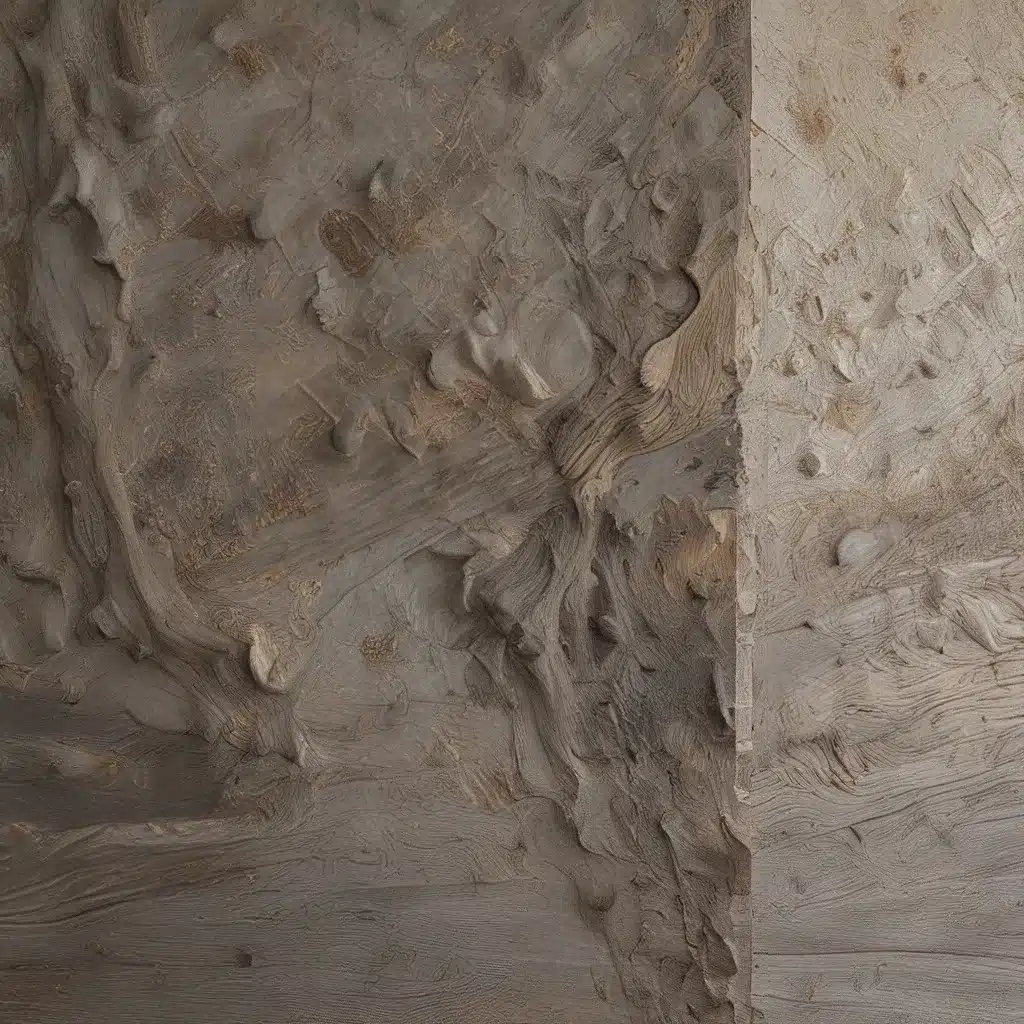
In the captivating realm of interior design, the interplay of texture and layering takes center stage, transforming spaces into visually and tactilely engaging experiences. Through the strategic blending of diverse materials, finishes, and design elements, interior designers can craft environments that captivate the senses and elevate the human experience within a home or commercial setting.
Texture: The Unspoken Language of Interior Design
Texture is the unsung hero of interior design, quietly shaping the ambiance and character of a space. Whether tactile or visual, the diverse range of textures available to designers serves as a versatile toolkit for conveying emotions, narratives, and aesthetics.
Tactile textures invite our sense of touch, fostering a deeper connection to the space. The warmth of a wooden floor, the inviting softness of a plush sofa, or the smooth, cool surface of marble – these textures engage our senses, transforming a room from a mere arrangement of furnishings into a multisensory experience. Tactile textures have the power to turn a cold, sterile environment into a cozy sanctuary, instilling a profound sense of comfort and homeliness.
On the other hand, visual textures are those that captivate our eyes, introducing depth, intrigue, and visual interest. The intricate patterns of a Moroccan tile, the rough and earthy appearance of exposed brick, or the shimmering gloss of a glass surface – these visual textures tell stories, create contrast, and orchestrate a captivating play of light and shadow that mesmerizes the eye.
Understanding the significance of texture is crucial in the art of interior design. Designers leverage this powerful tool to evoke desired emotions and atmospheres, elevating a space from a mere assembly of furnishings into a carefully curated, multisensory haven. The careful selection and combination of tactile and visual textures can transform a farmhouse kitchen into a cozy, rustic retreat or a contemporary living room into a luxurious, sophisticated sanctuary.
The Art of Layering: Crafting Depth and Visual Interest
Layering is a fundamental technique in interior design, akin to painting a canvas with various brushstrokes. By combining materials, textures, colors, patterns, and furnishings, designers create a visually engaging and harmonious environment that captivates the senses.
Layering introduces contrast and balance into a room, generating visual tension and interest. The juxtaposition of a rough-textured rug against a smooth, polished coffee table or a bold, patterned accent wall against neutral furnishings can elevate a space, making it more dynamic and visually captivating.
Through the strategic use of various materials and finishes, designers can create depth and tactile richness. A room might feature a harmonious blend of natural wood, sleek metal, shimmering glass, and plush textiles – each element contributing to the overall textural depth and sensory appeal of the space.
Layering patterns and prints through textiles, wallpapers, or decorative accessories can further enhance the complexity and depth of a room. By mixing diverse design elements, such as stripes, florals, and geometric designs, designers can craft a visually engaging atmosphere that captivates the eye and tells a story.
Layering also extends to the interplay of light and shadow, with the planned placement of lighting fixtures casting highlights and shadows that add depth and dimension to the space. Arranging furniture in layers, rather than pushing everything against the walls, can define distinct functional zones, making the room feel more dynamic and inviting.
The art of layering is not limited to physical elements; it also encompasses the strategic placement of accessories and artwork. Carefully curated vignettes and the strategic arrangement of decorative objects can further enhance the sense of depth and visual interest within a space.
Mastering Texture and Layering: A Journey of Continuous Learning
Becoming proficient in the use of texture and layering in interior design is a journey of continuous learning and exploration. Formal education, such as interior design or landscaping courses, provides a structured foundation, offering insights into the principles and practical application of these essential design elements.
Real-world design projects and hands-on experimentation further hone one’s skills and understanding. By engaging with the design community, staying updated on industry trends, and continuously exploring new materials and techniques, designers can expand their knowledge and develop a nuanced approach to crafting captivating, multisensory spaces.
As aspiring designers embark on this journey, they discover the transformative power of texture and layering, unlocking the ability to create environments that not only visually captivate but also envelop the senses, fostering a deeper emotional connection between the individual and their surroundings.
Whether you’re a homeowner seeking to elevate your personal living space or a design professional aiming to push the boundaries of your craft, mastering the art of texture and layering in interior design is a rewarding and enriching experience. By embracing this fundamental design principle, you can craft spaces that transcend the ordinary, infusing them with depth, character, and a profound sense of luxury and sophistication.
Urban Grace Interiors Inc. is a leading provider of interior design services, specializing in creating personalized, luxury living experiences that captivate the senses. Our team of seasoned designers, with their deep understanding of texture and layering, work closely with clients to transform their spaces into harmonious, visually engaging environments that reflect their unique style and lifestyle.

